Comparing Traditional Hives vs. Flow Hives: Pros and Cons
Beekeeping has evolved significantly over the past few decades. While traditional hives have served generations of beekeepers, modern innovations like the Flow Hive have introduced new possibilities and conveniences. If you’re deciding between these two systems, understanding their differences, advantages, and drawbacks will help you make an informed choice.
Let’s dive into a detailed comparison of Traditional Hives and Flow Hives—examining how they work, where they shine, and where they fall short.
Understanding the Basics
Before comparing the two, it’s important to grasp their basic structures.
- Traditional Hives, such as the Langstroth, use removable wooden frames. Beekeepers extract honey by uncapping the wax comb and spinning the frames in a honey extractor.
- Flow Hives, on the other hand, use patented plastic frames that allow honey to flow directly into jars by turning a key—without removing frames or disturbing the bees.
Now, let’s weigh the pros and cons of each.
Traditional Hives: Time-Tested and Trusted
Pros:
-
Cost-Effective Setup
Traditional hives are generally more affordable, especially for beginners starting on a budget. -
Deeper Learning Experience
Because they require hands-on maintenance, traditional hives help beekeepers gain valuable insights into bee behavior and hive health. -
Natural Wax Harvest
Beekeepers can collect beeswax along with honey, opening up opportunities for products like candles, balms, and wraps. -
Widespread Availability of Tools
Traditional hives are compatible with a wide range of beekeeping tools and accessories. -
Proven Over Time
These hives have stood the test of time, proving effective in diverse climates and conditions.
Cons:
-
Labor-Intensive Harvesting
Extracting honey involves uncapping, spinning, and cleaning, which can be physically demanding and messy. -
More Disruption to Bees
Opening the hive and removing frames can stress the bees and disrupt the colony.
Flow Hives: Innovation Meets Convenience
Pros:
-
Easy Honey Harvesting
With Flow Hives, you simply turn a key and watch honey pour out into jars—no need for extractors or additional equipment. -
Less Disturbance to the Bees
Since you don’t open the hive during extraction, the bees remain calmer and less stressed. -
Beginner-Friendly Design
New beekeepers often find the Flow Hive’s setup less intimidating and more convenient. -
Time-Saving Process
You can harvest honey quickly without spending hours on preparation and cleanup. -
Clear Observation Window
Many Flow Hive models include transparent panels, allowing you to observe hive activity without opening the box.
Cons:
-
High Initial Cost
Flow Hives are considerably more expensive upfront compared to traditional systems. -
Plastic Components
Some beekeepers are concerned about bees building comb on plastic, which may not feel as natural as wax foundations. -
Less Wax Collection
You don’t get beeswax with Flow Hive harvests, limiting your product options. -
Learning May Be Limited
The simplified process may prevent new beekeepers from fully understanding hive management and bee biology.
Which One Is Right for You?
Choosing between a traditional hive and a Flow Hive depends on your goals, budget, and level of involvement. If you enjoy hands-on work and want to learn beekeeping from the ground up, traditional hives offer a rich, immersive experience. But if convenience, time-saving, and low-disruption honey harvesting top your list, the Flow Hive could be your ideal solution.
Final Thoughts
Both systems have their unique strengths and trade-offs. Traditional hives honor beekeeping heritage and promote skill-building, while Flow Hives embrace innovation and user-friendliness. Ultimately, the best choice is the one that aligns with your values, resources, and aspirations as a beekeeper.
Whether you choose old-school or high-tech, one thing remains true: beekeeping is a rewarding journey that connects you to nature, sustainability, and the sweet taste of your own honey.
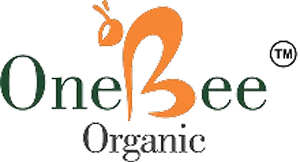

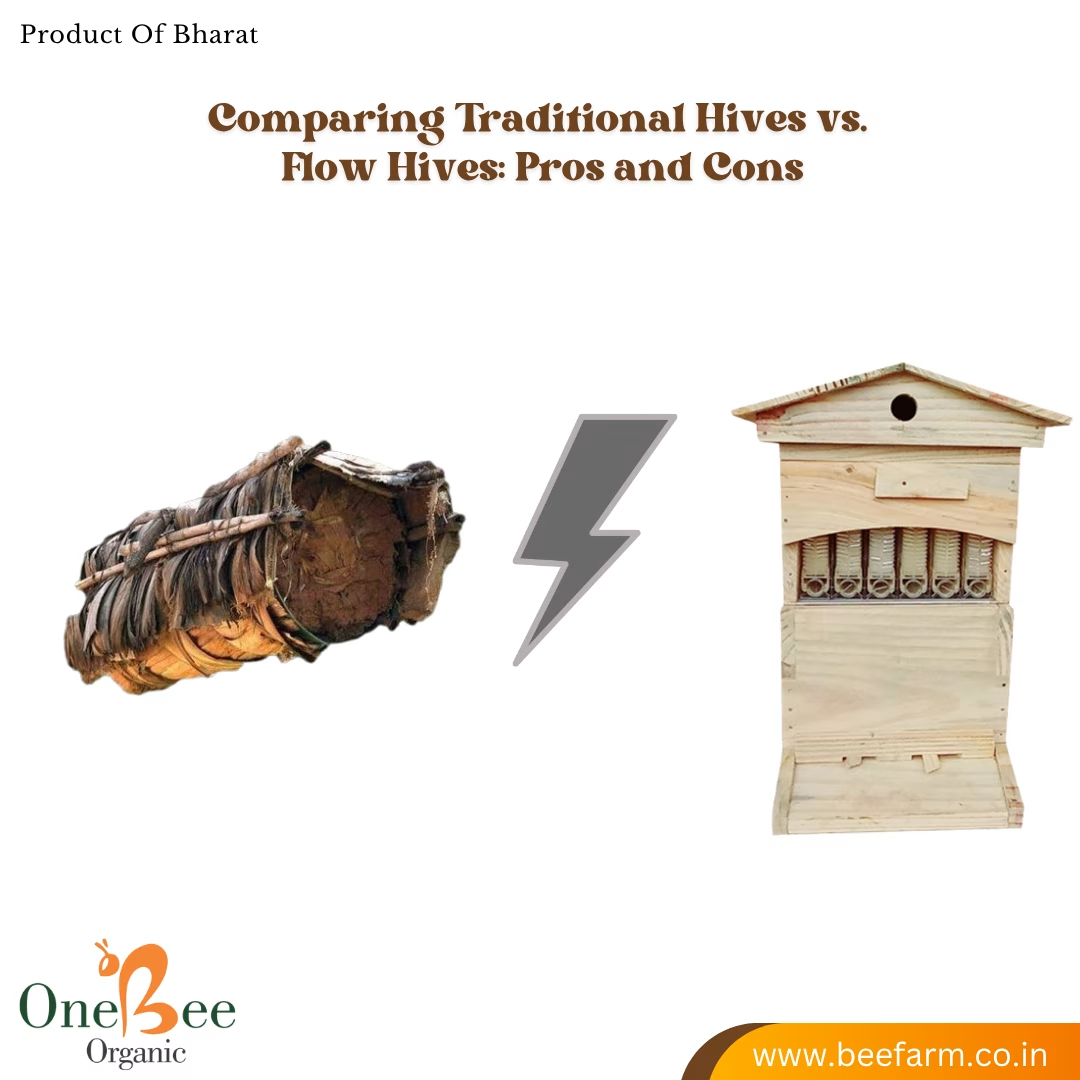

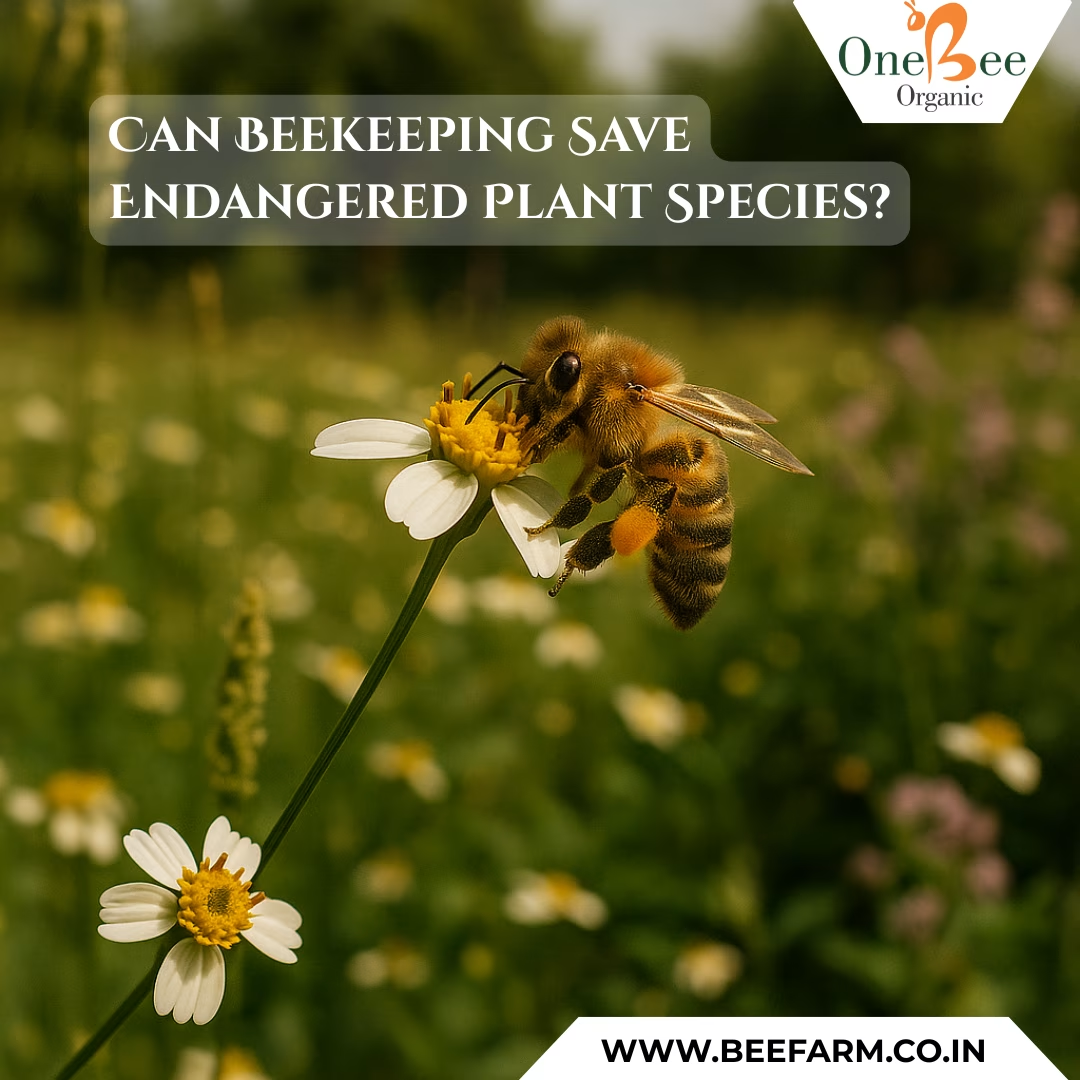

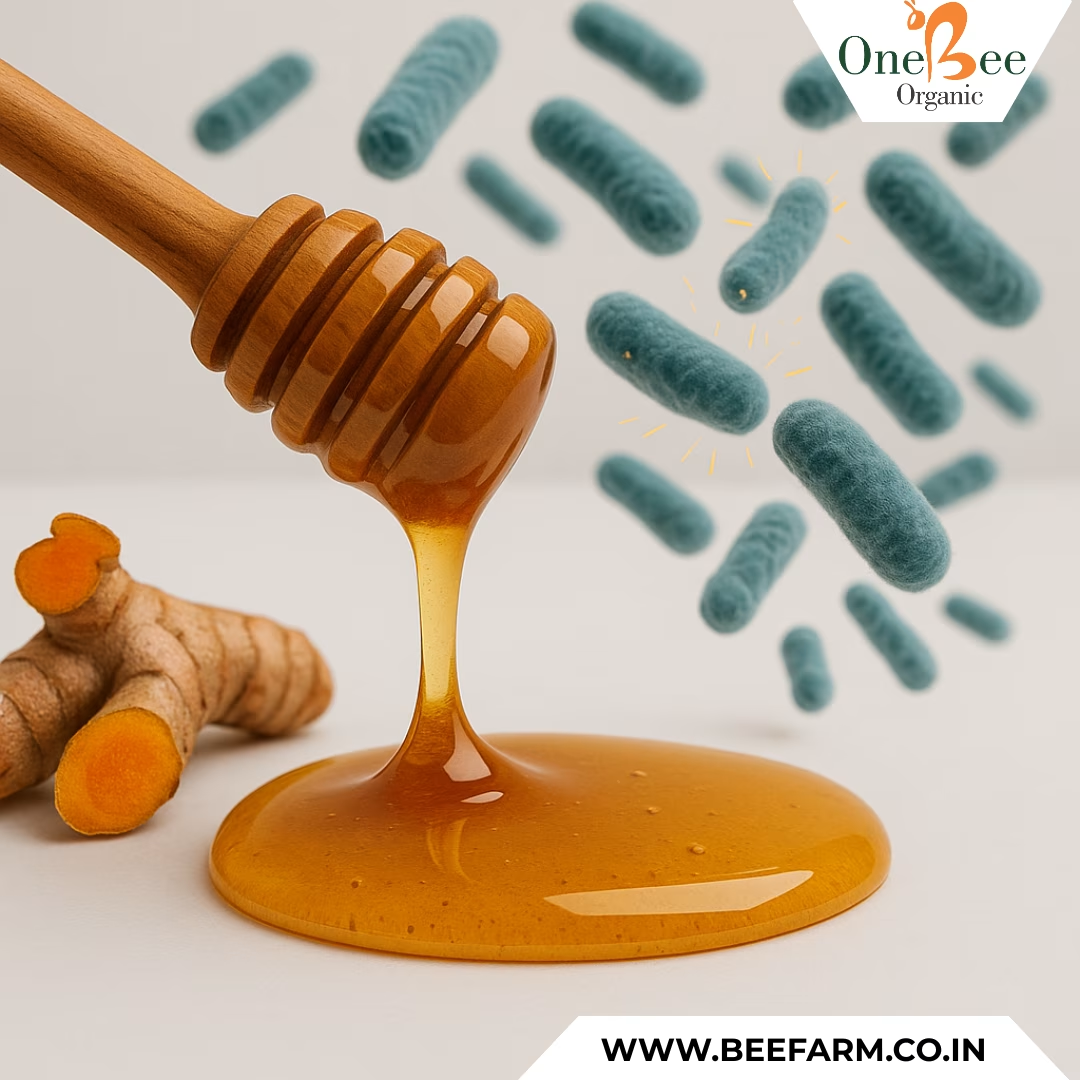
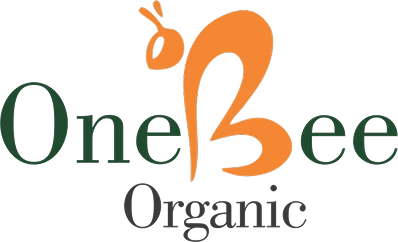
Leave A Comment